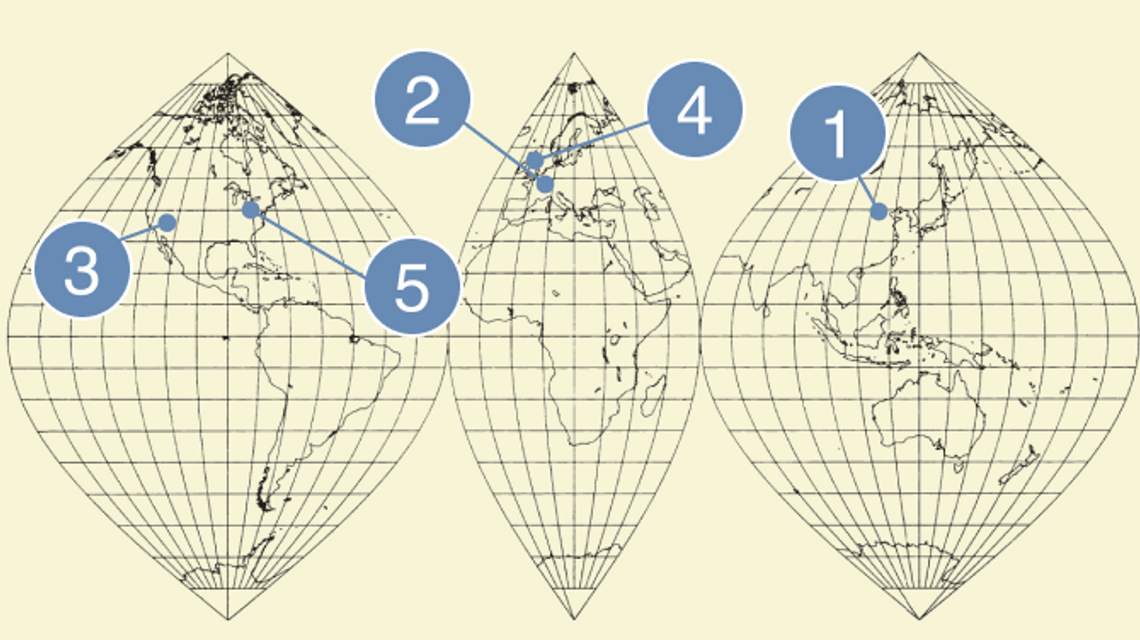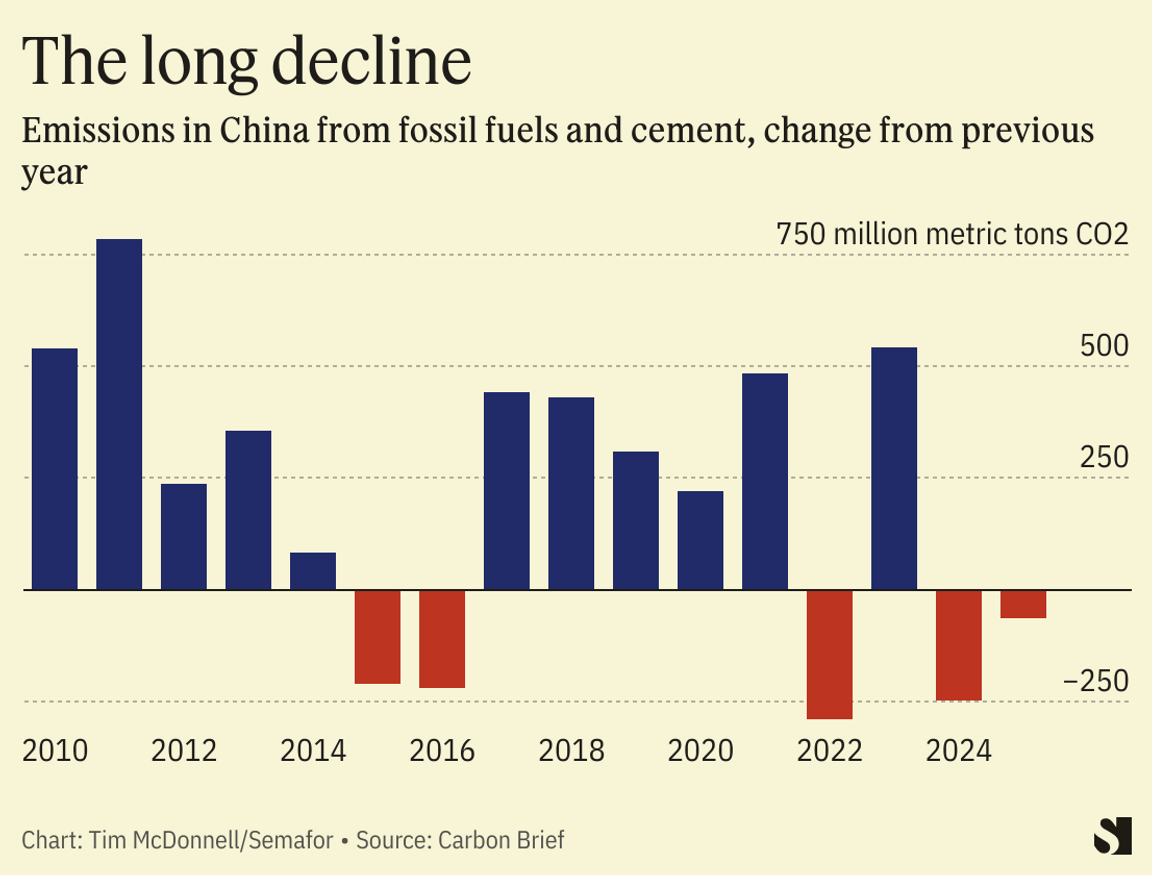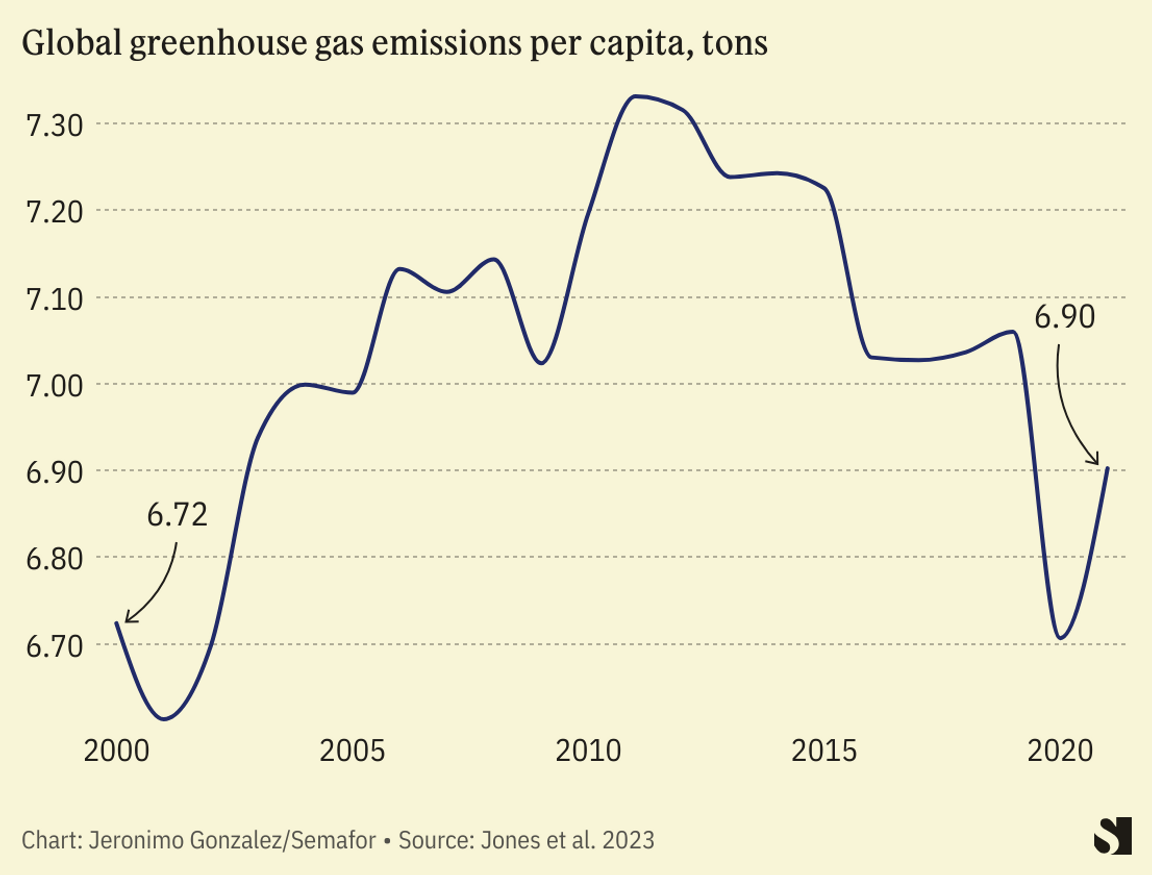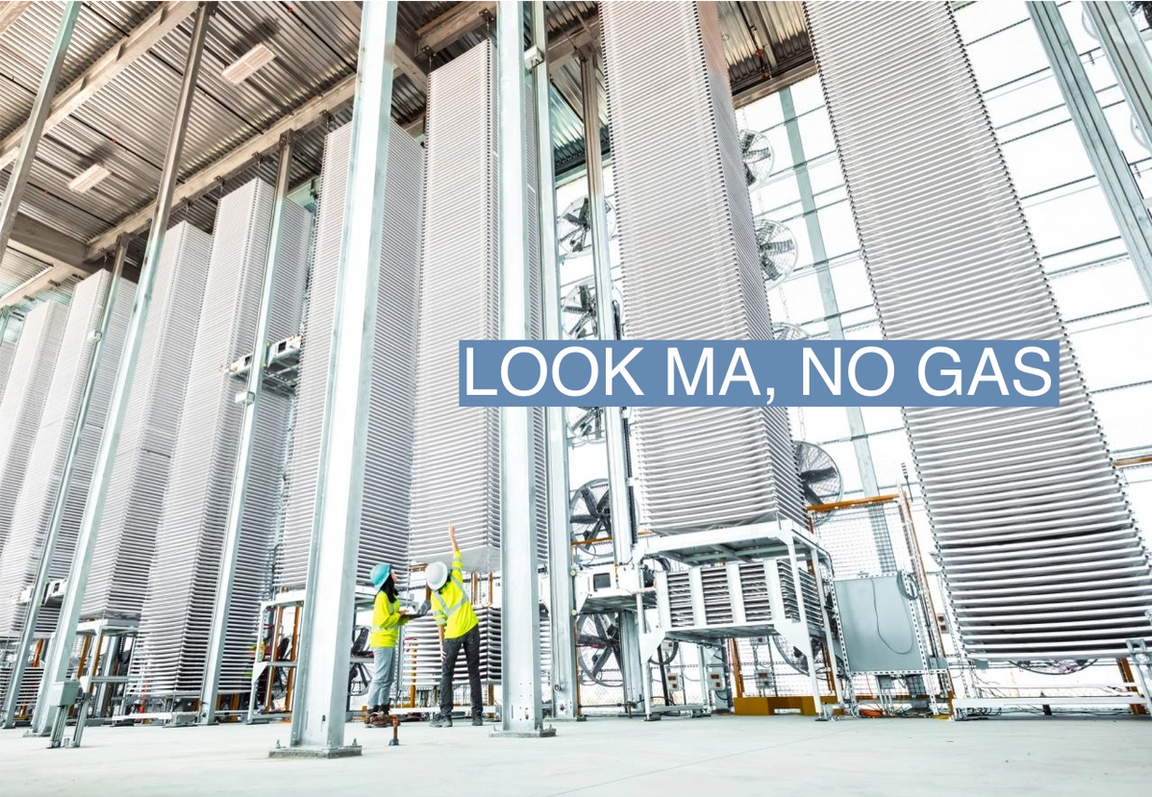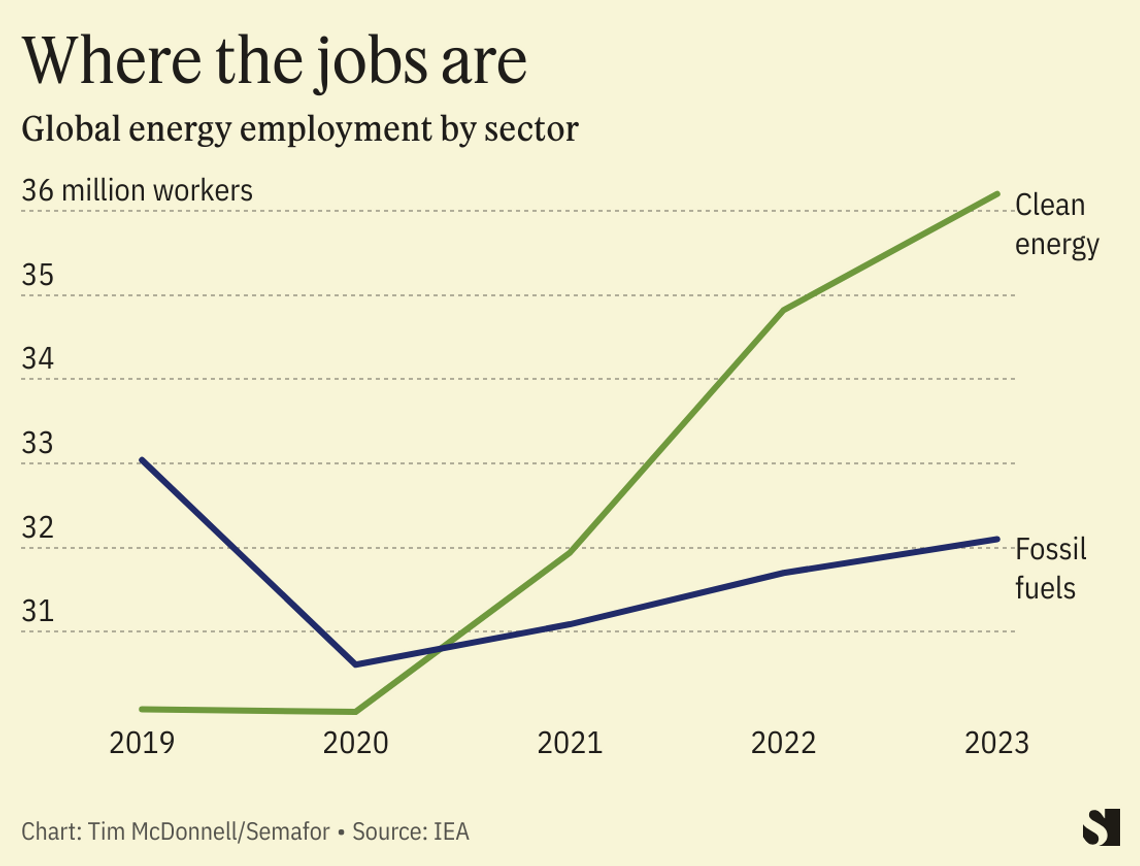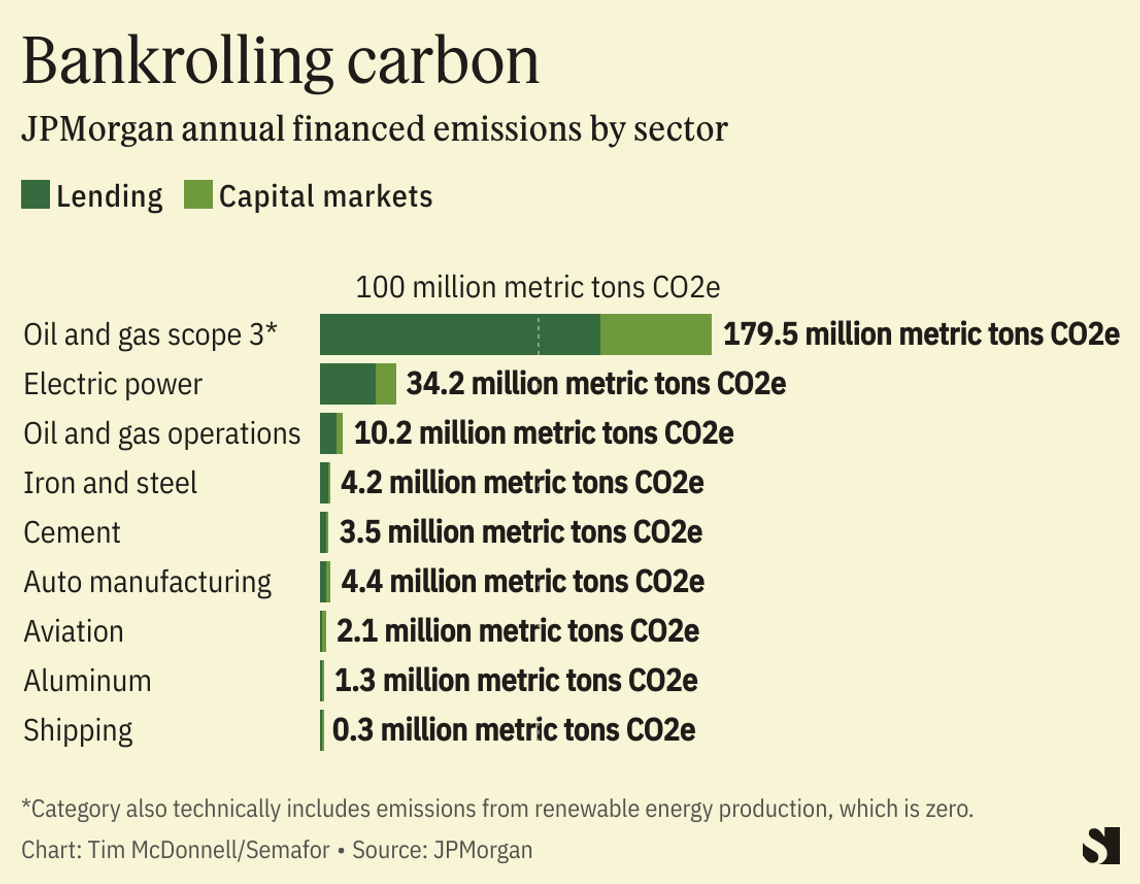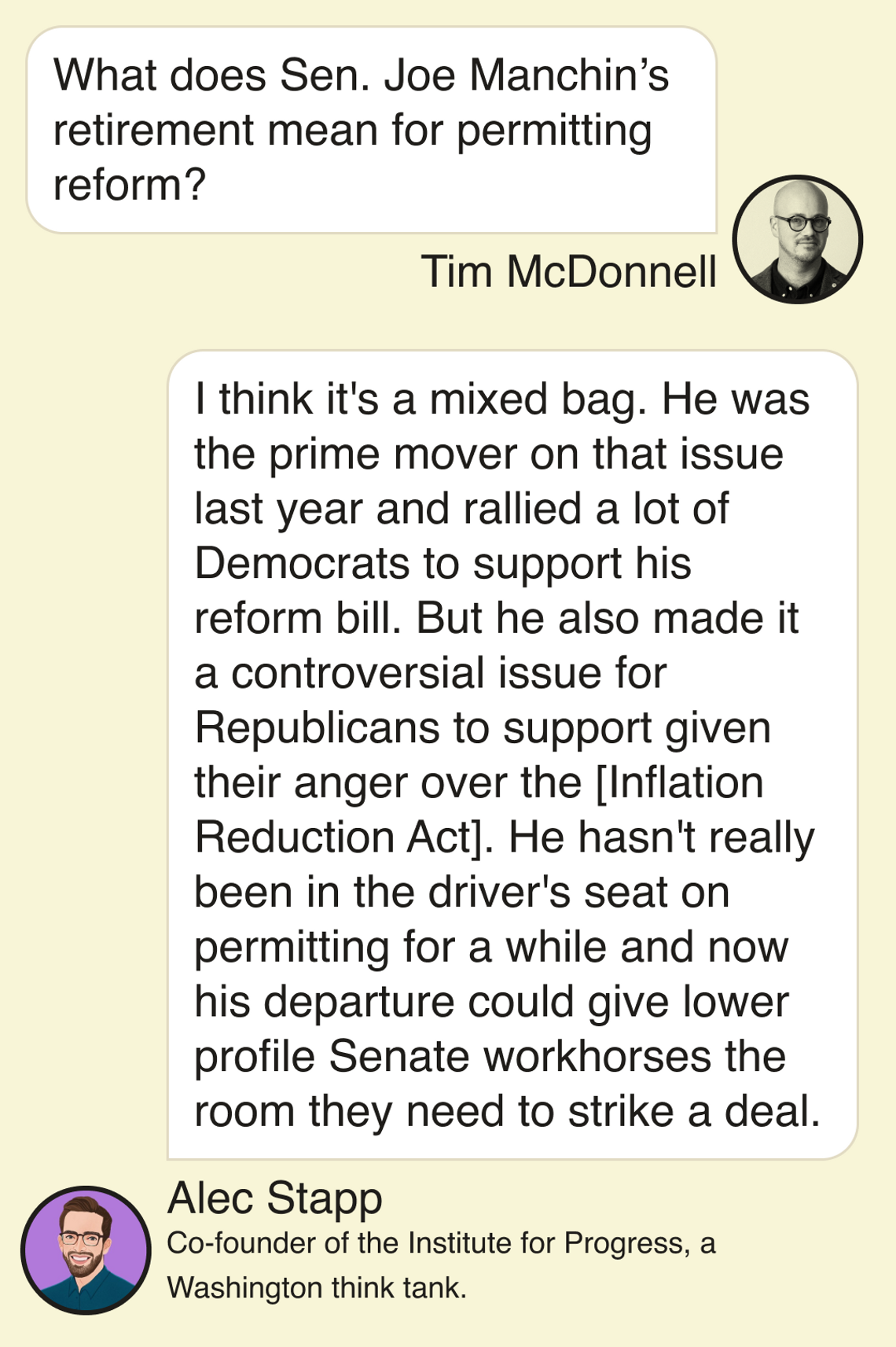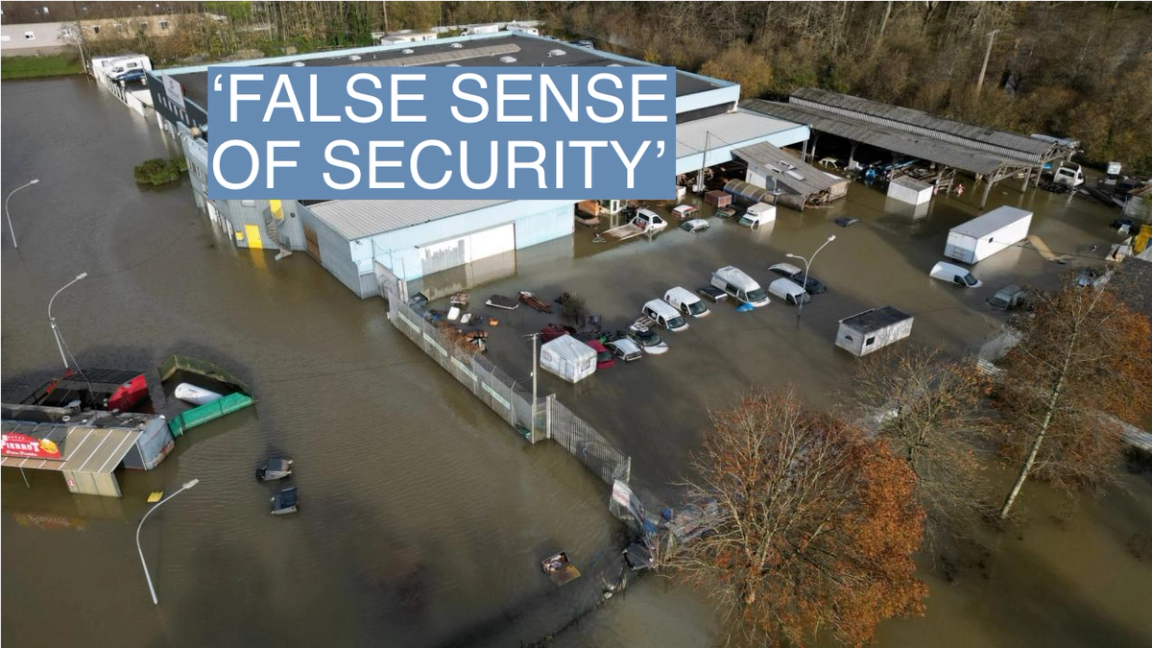 REUTERS/Pascal Rossignol REUTERS/Pascal RossignolCommercial property owners in the U.S. are deeply underestimating their vulnerability to flood-related damages, leaving themselves exposed to hundreds of thousands of dollars of uninsured losses, a survey released Tuesday by the insurance firm Chubb concluded. The average claim in the U.S. for flood-related commercial property damage is $380,000, making it the most expensive form of damage such properties face, Louis Hobson, senior vice president for North American flood insurance at Chubb, told Semafor. After a serious flood, less than 25% of businesses reopen. Flooding is also the most common form of property damage, and the risk is rising because of climate change, Hobson said. Yet of the 332 insurance brokers Chubb surveyed, only 16% said most of their clients opt to buy flood insurance — either because they don’t think they need it, can’t afford it, or mistakenly assume that flood damage is covered by their boilerplate insurance (it typically is not). “There’s a massive false sense of security,” Hobson said. “Businesses have widespread misconceptions of what their risk of flooding is and the degree of [insurance] protection they have.” Many private insurers used to not even offer flood insurance, because of the typical scale of damage, leaving property owners reliant on government-issued policies. But the availability of better, more granular climate and flood risk data is making more insurers feel comfortable enough to offer policies; for Chubb, it’s a “rapidly growing” business line, Hobson said, and one poised to grow more as awareness of climate hazards by business owners, and their mortgage lenders, increases. |


